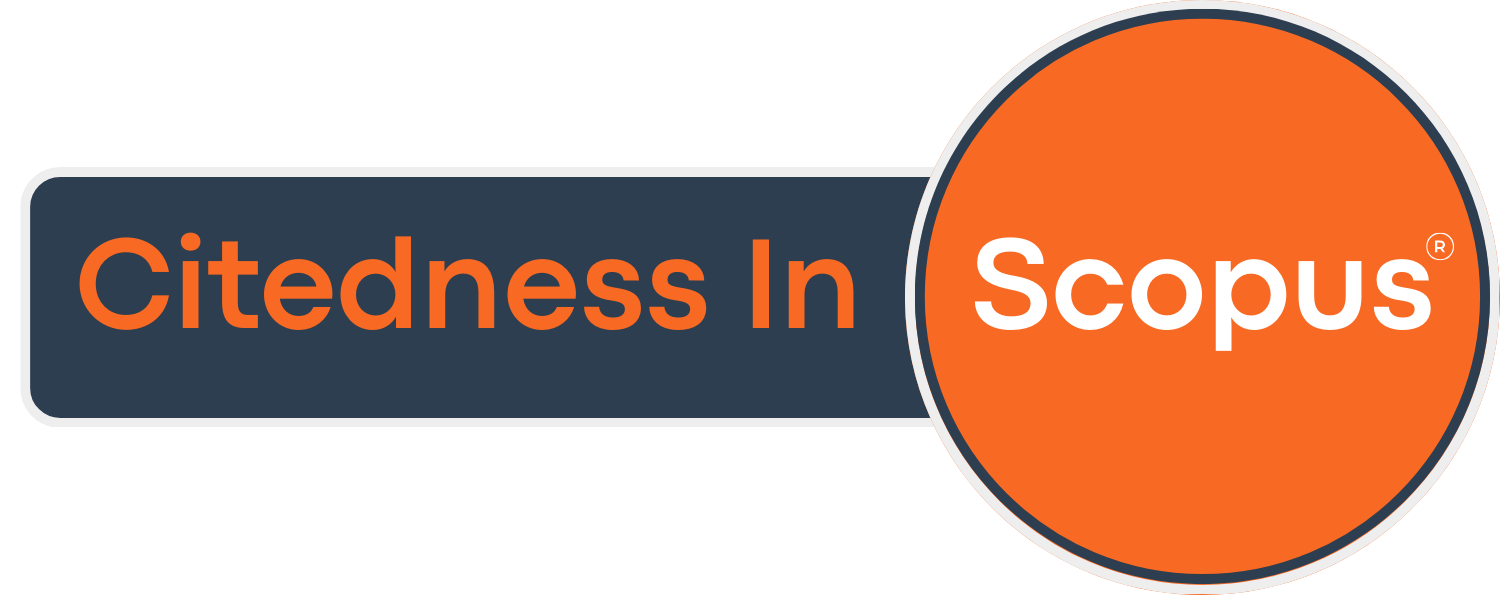Estimasi Posisi Magnetic Levitation Ball Menggunakan Metode Akar Kuadrat Ensemble Kalman Filter (AK-EnKF)
Estimation of the Magnetic Levitation Ball Position Using the Ensemble Kalman Filter (AK-EnKF) Square Root Method
DOI:
https://doi.org/10.21070/r.e.m.v2i1.768Keywords:
Magnetic Levitation Ball, estimation of position and speed, Ensemble Kalman Filter (EnKF)Abstract
The role of Magnetic Levitation Ball in an industrial world is very important, among others, as system applied to a train moving on the rail at high speed (MAGLEV). Magnetic Levitation Ball is system consisting of a ferromagnetic solid steel ball floating over The surface of air medium when supplied with electromagnetic power which is hard to predict its position, and therefore estimations is required to estimate the position, and speed of the steel ball when the electromagnetic power is supplied to the steel ball. This paper was study on application of the modification of Ensemble Kalman Filter (EnKF) method by adding Root Square at the stage of corecction called Ensemble Kalman Filter Square Root (EnKF-SR). Implemented to the mathematical model of magnetic levitation ball and speed of ferromagentic steel ball the result of the simulation of EnKF-SR using mathematical model of magnetic levitation ball showed that the error was less than 2% by generating both 200 and 300 ensembles. The least error was observed when 200 ensemble was generated at which the position error of ball was 0.018 m, and speed of the bll was 0.016 m/s and the electric current was 0.018 A.
References
Priyanto A., Desain dan Simulasi Perancangan Sistem Kendali Posisi Magnet Levitation Ball Menggunakan Metode Sliding Mode Control (SMC)”, Tugas Akhir Jurusan Matematika FMIPA Institut Teknologi Sepuluh Nopember, Surabaya, 2009.
Kalman, , R.E., A New Approach to Linear Filtering and Prediction Problems. ASME Journal of Basic Engineering, Vol 82, pp. 35-45, 1960.
Herlambang, T., Djatmiko E.B and Nurhadi H., “Navigation and Guidance Control System of AUV with Trajectory Estimation of Linear Modelling”, Proc. of International Conference on Advance Mechatronics, Intelligent Manufactre, and Industrial Automation, IEEE , ICAMIMIA 2015, Surabaya, Indonesia, pp. 184-187, Oct 15 – 17, 2015.
Ermayanti, E., Aprilini, E., Nurhadi H, and Herlambang T, “Estimate and Control Position Autonomous Underwater Vehicle Based on Determined Trajectory using Fuzzy Kalman Filter Method”, International Conference on Advance Mechatronics, Intelligent Manufactre, and Industrial Automation (ICAMIMIA)-IEEE Surabaya Indonesia, 15 – 16 Oktober 2015.
Herlambang, T., Rasyid R.A, Hartatik S, dan Rahmalia, D., “Estimasi Posisi Mobile Robot Menggunakan Metode Akar Kuadrat Unscented Kalman Filter (AK-UKF)”, Technology Science and Engineering Journal, Vol 1 No 2 June 2017. E-ISSN: 2549-1601X, 2017.
Herlambang, T., Djatmiko E.B and Nurhadi H., “Ensemble Kalman Filter with a Square Root Scheme (EnKF-SR) for Trajectory Estimation of AUV SEGOROGENI ITS”, International Review of Mechanical Engineering IREME Journal, Vol. 9, No. 6. Pp. 553-560, ISSN 1970 – 8734. Nov, 2015.
Herlambang, T, dan Nurhadi H., “Desain Sistem Kendali Gerak Surge dan Roll pada Sistem Autonomous Underwater Vehicle dengan Metode Sliding Mode Control (SMC)”, Seminar Nasional Pascasarjana STTAL Surabaya Indonesia, 22 Desember 2016.
Herlambang, T., Nurhadi H, and Djatmiko E.B., “Optimasi Model Linier 6-DOF pada Sistem Autonomous Underwater Vehicle”, Seminar Nasional Maritim, Sain dan Teknologi Terapan (MASTER) PPNS Surabaya Indonesia, 21 November 2016.
Oktafianto, K., Herlambang T., Mardlijah, Nurhadi H., “Design of Autonomous Underwater Vehcle Motion Control Using Sliding Mode Control Method”, International Conference on Advance Mechatronics, Intelligent Manufactre, and Industrial Automation (ICAMIMIA)-IEEE Surabaya Indonesia, 15 – 16 Oktober 2015.
Al-Muthairi N,F dan Zribi,M, “Sliding Mode Control of A Magnetic Levitation System”. Journal of.Mathematical Problem in Engineering: vol.2. 93-107, 2004.
Apriliani, E., dan Sanjaya, B.A., Reduksi Rank pada Matriks-Matriks Tertentu, Laporan Penelitian Hibah Pasca, Institut Teknologi Sepuluh Nopember, Surabaya, 2007.
Downloads
Published
Issue
Section
License
Copyright Notice
Authors retain copyright and grant the journal right of first publication with the work simultaneously licensed under a Creative Commons Attribution 4.0 International License that allows others to share the work with an acknowledgement of the work's authorship and initial publication in this journal.







